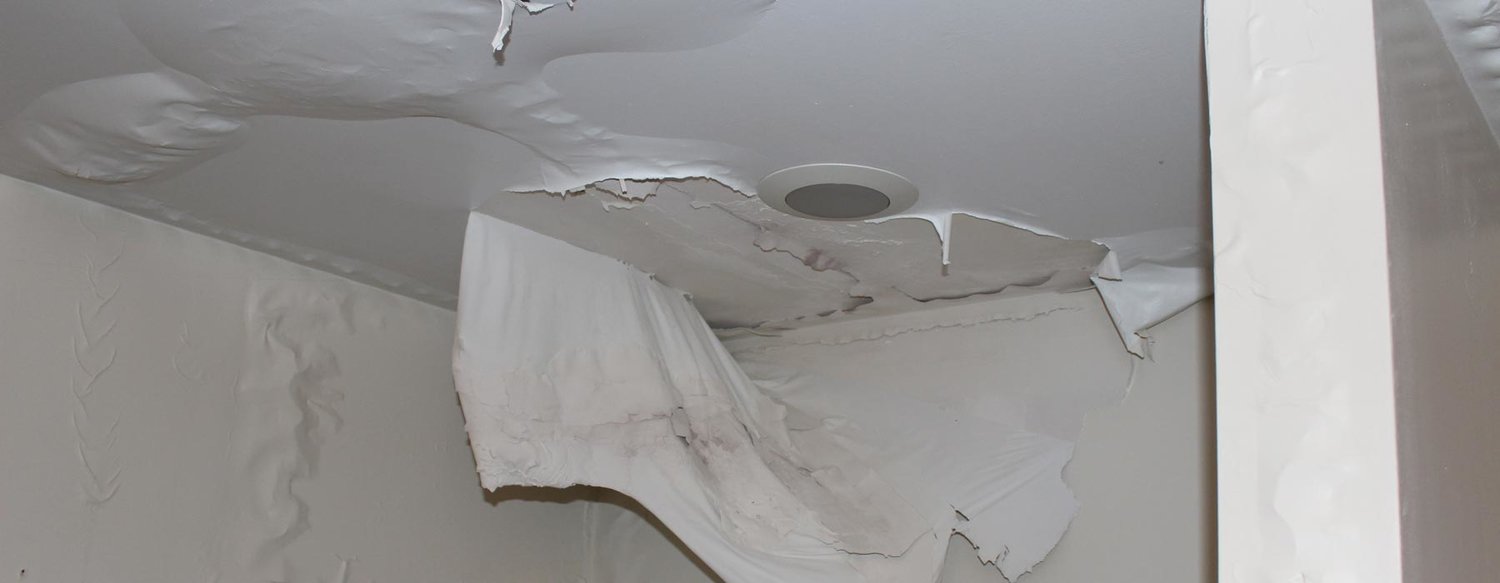6 Water Damage Repair Do's and Don'ts.
6 Water Damage Repair Do's and Don'ts.
Blog Article
What are your thoughts with regards to Simple Solutions To Preventing Fire And Water Damage To Your Home?

Water provides life, water intrusion on components where it's not meant to be can result in damage. It can peel off away surfaces and also wear down the structure if the water saturates into your structure. Mold and also mold additionally prosper in a wet environment, which can be hazardous for your health and wellness. Houses with water damage scent stuffy as well as old.
Water can come from several sources such as hurricanes, floods, ruptured pipes, leaks, as well as sewage system issues. In case you experience water damages, it would be excellent to recognize some security precautions. Right here are a few standards on just how to manage water damages.
Do Prioritize House Insurance Policy Coverage
Water damages from flooding because of heavy winds is seasonal. You can also experience an abrupt flood when a damaged pipeline suddenly breaks right into your residence. It would certainly be best to have residence insurance policy that covers both disasters such as all-natural tragedies, and also emergencies like busted plumbing.
Don't Forget to Switch Off Energies
In the event of a catastrophe, specifically if you stay in a flood-prone location, it would be a good idea to shut off the main electric circuit. This removes power to your whole residence, protecting against electric shocks when water is available in as it is a conductor. Moreover, don't forget to switch off the primary water line valve. Furnishings will relocate around as well as trigger damages when floodwaters are high. Having the main shutoff shut off prevents further damage.
Do Keep Proactive and Heed Weather Condition Informs
Pay attention to evacuation cautions if you live near a river, creek, or lake . Doing so reduces prospective home damages.
Don't Ignore the Roofing System
You can stay clear of rainfall damages if there are no holes as well as leakages in your roofing system. This will avoid water from streaming down your walls as well as saturating your ceiling.
Do Pay Attention to Tiny Leakages
A burst pipeline does not take place overnight. You may see bubbling paint, peeling off wallpaper, water streaks, water discolorations, or trickling noises behind the wall surfaces. Have your plumbing repaired before it results in substantial damage.
Do Not Panic in Case of a Burst Pipeline
Maintaining your presence of mind is essential in a time of crisis. Stressing will just compound the issue due to the fact that it will certainly suppress you from acting fast. Timing is vital when it comes to water damages. The longer you wait, the even more damages you can anticipate. Therefore, if a pipe bursts in your house, quickly shut down your major water shutoff to remove the source. Unplug all electric outlets in the location or transform off the circuit breaker for that component of the home. Call a reputable water damages remediation specialist for help.
Water provides life, water intrusion on components where it's not expected to be can result in damages. Homes with water damage smell moldy and also old.
Water damage from flood dues to hefty winds is seasonal. You might discover gurgling paint, peeling wallpaper, water touches, water spots, or dripping noises behind the walls. When it comes to water damages, timing is essential.
Some Do's & Don't When Dealing with a Water Damage
DO:
Make sure the water source has been eliminated. Contact a plumber if needed. Turn off circuit breakers supplying electricity to wet areas and unplug any electronics that are on wet carpet or surfaces Remove small furniture items Remove as much excess water as possible by mopping or blotting; Use WHITE towels to blot wet carpeting Wipe water from wooden furniture after removing anything on it Remove and prop up wet upholstery cushions for even drying (check for any bleeding) Pin up curtains or furniture skirts if needed Place aluminum foil, saucers or wood blocks between furniture legs and wet carpet Turn on air conditioning for maximum drying in winter and open windows in the summer Open any drawers and cabinets affected for complete drying but do not force them open Remove any valuable art objects or paintings to a safe, dry place Open any suitcases or luggage that may have been affected to dry, preferably in sunlight Hang any fur or leather goods to dry at room temperature Punch small holes in sagging ceilings to relieve trapped water (don't forget to place pans beneath!); however, if the ceiling is sagging extremely low, stay out of the room and we'll take care of it DO NOT:
Leave wet fabrics in place; dry them as soon as possible Leave books, magazines or any other colored items on wet carpets or floor Use your household vacuum to remove water Use TV's or other electronics/appliances while standing on wet carpets or floors; especially not on wet concrete floors Turn on ceiling fixtures if the ceiling is wet Turn your heat up, unless instructed otherwise

Hopefully you enjoyed reading our part on Preventing Fires and Water Damage In Your Home. Thanks a ton for taking the time to browse our content. Please take a moment to distribute this write-up if you enjoyed it. Many thanks for your time spent reading it.
Report this page